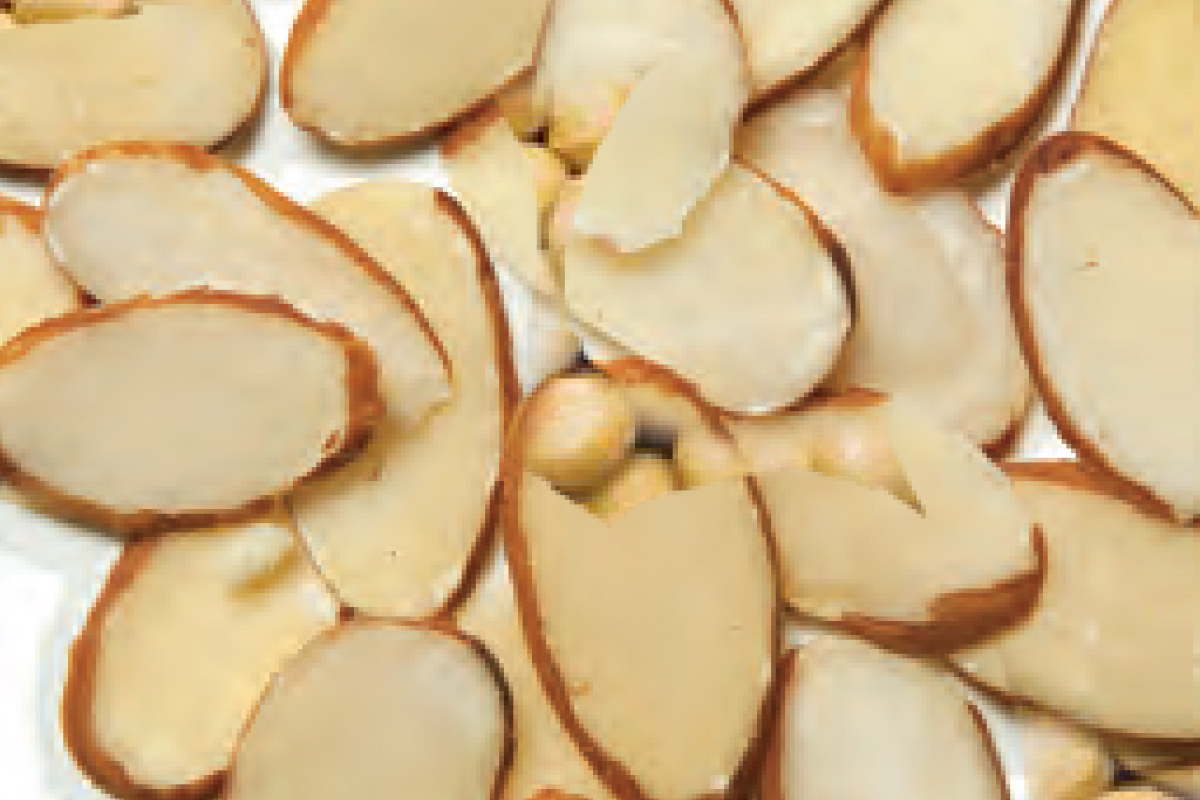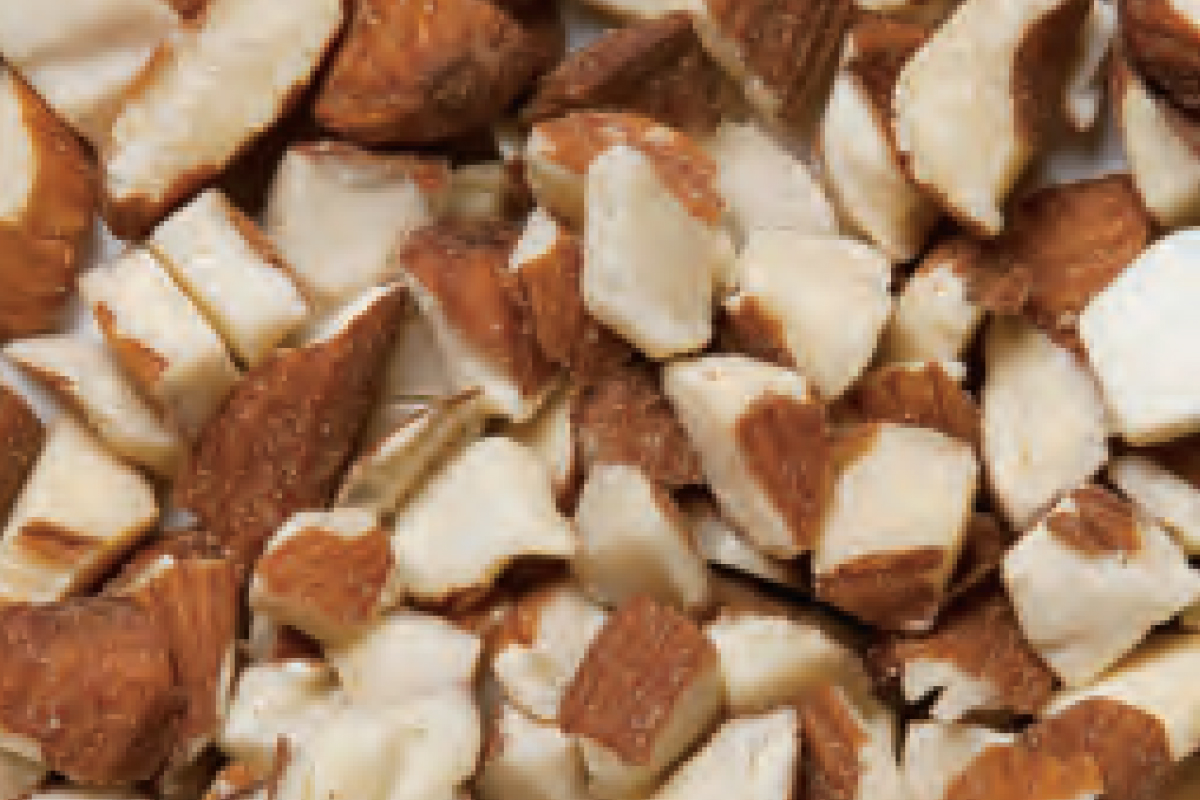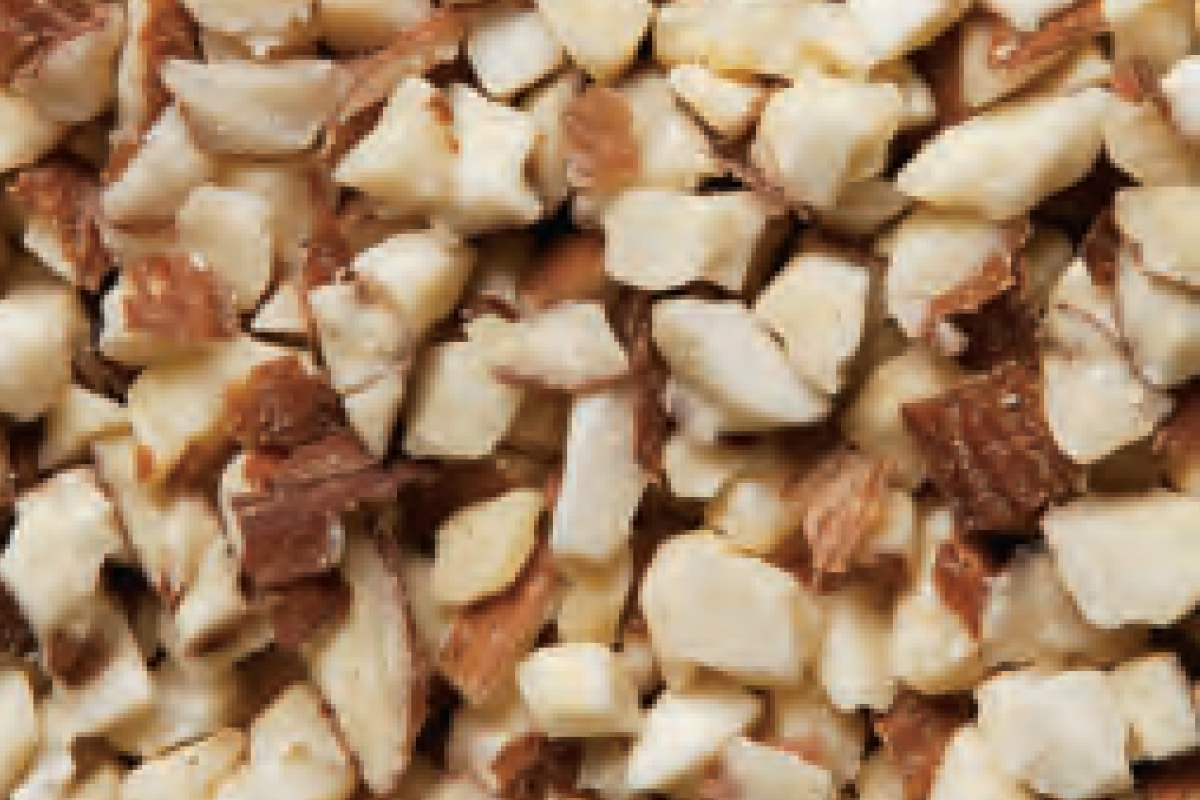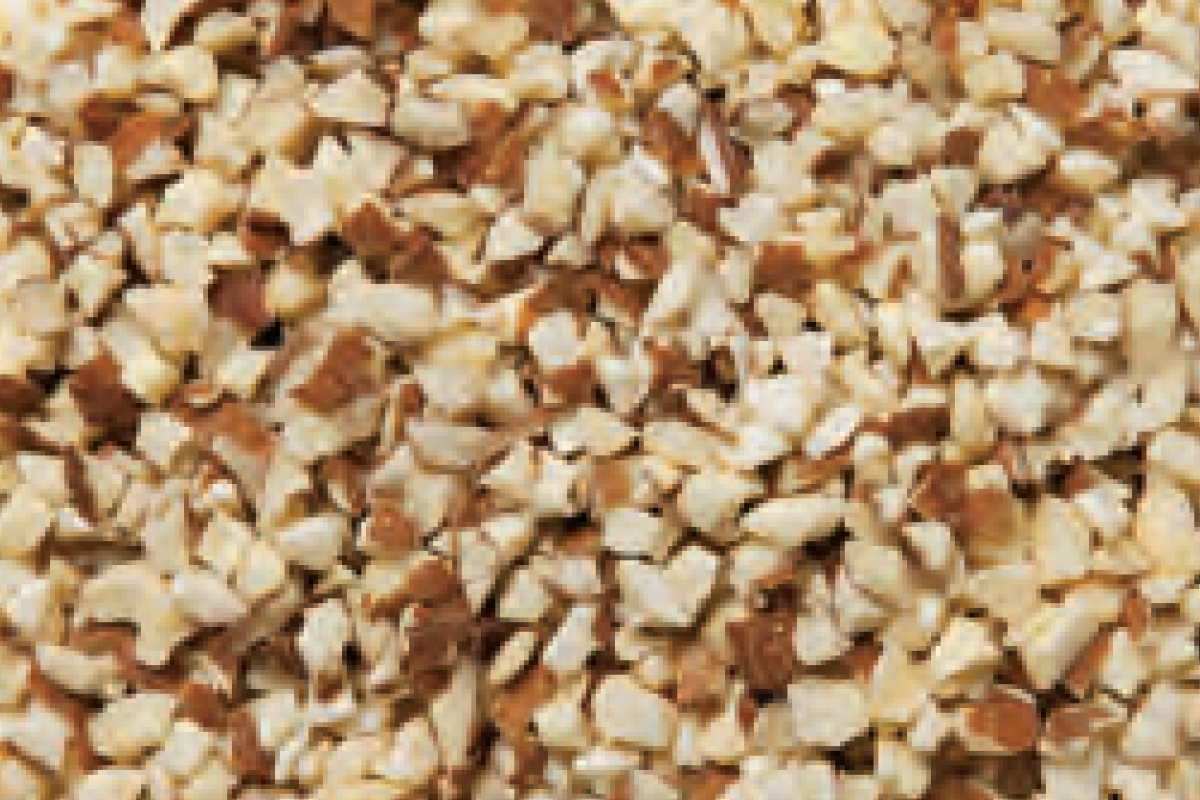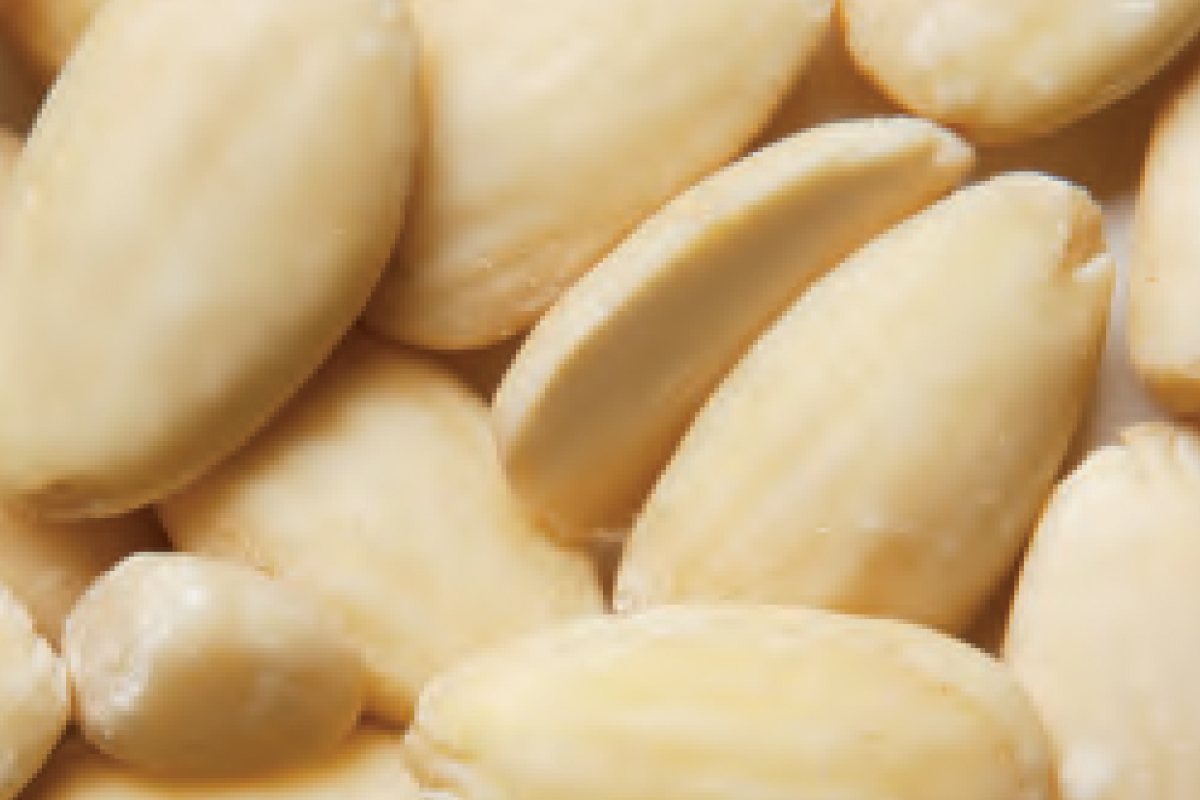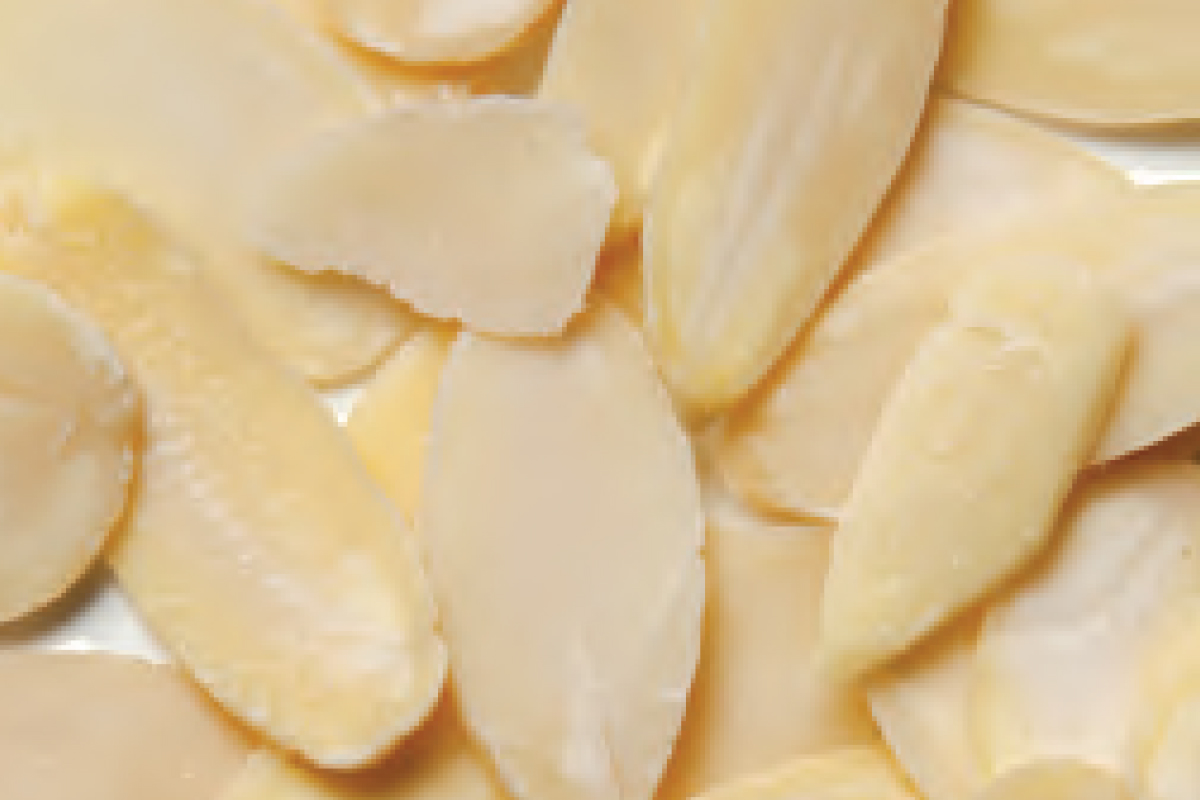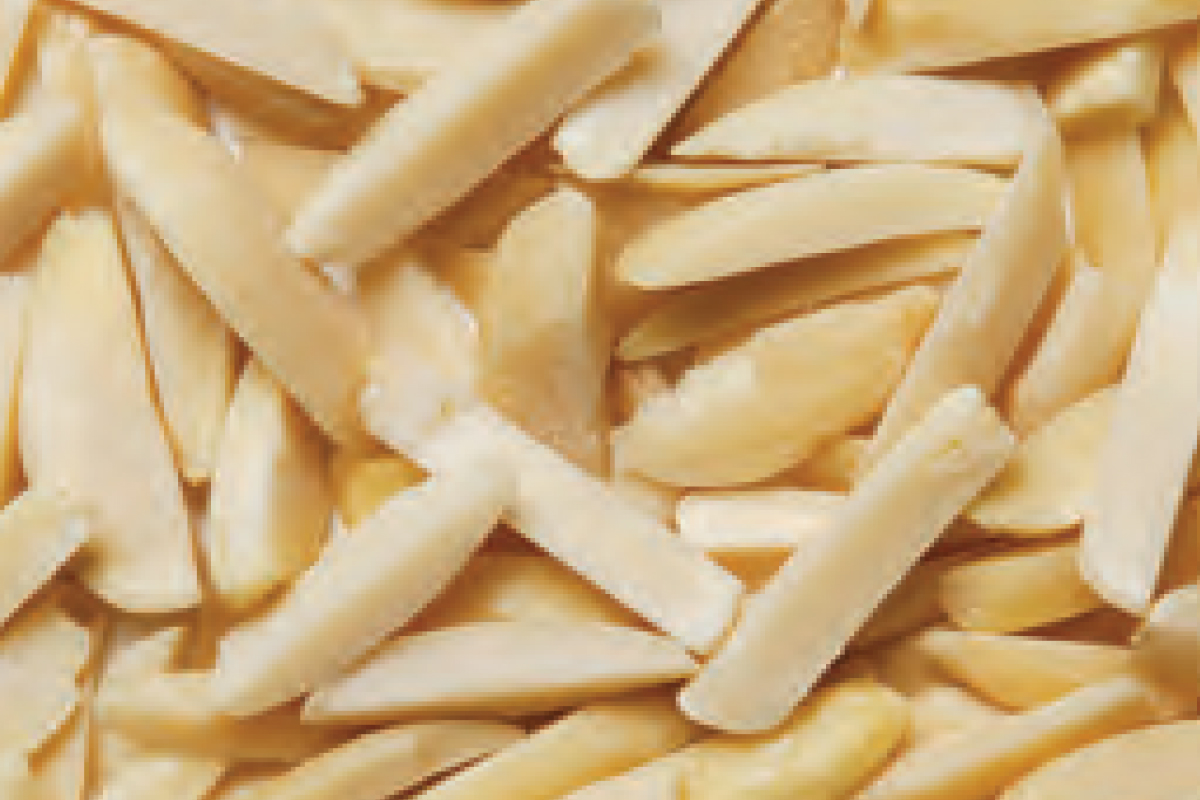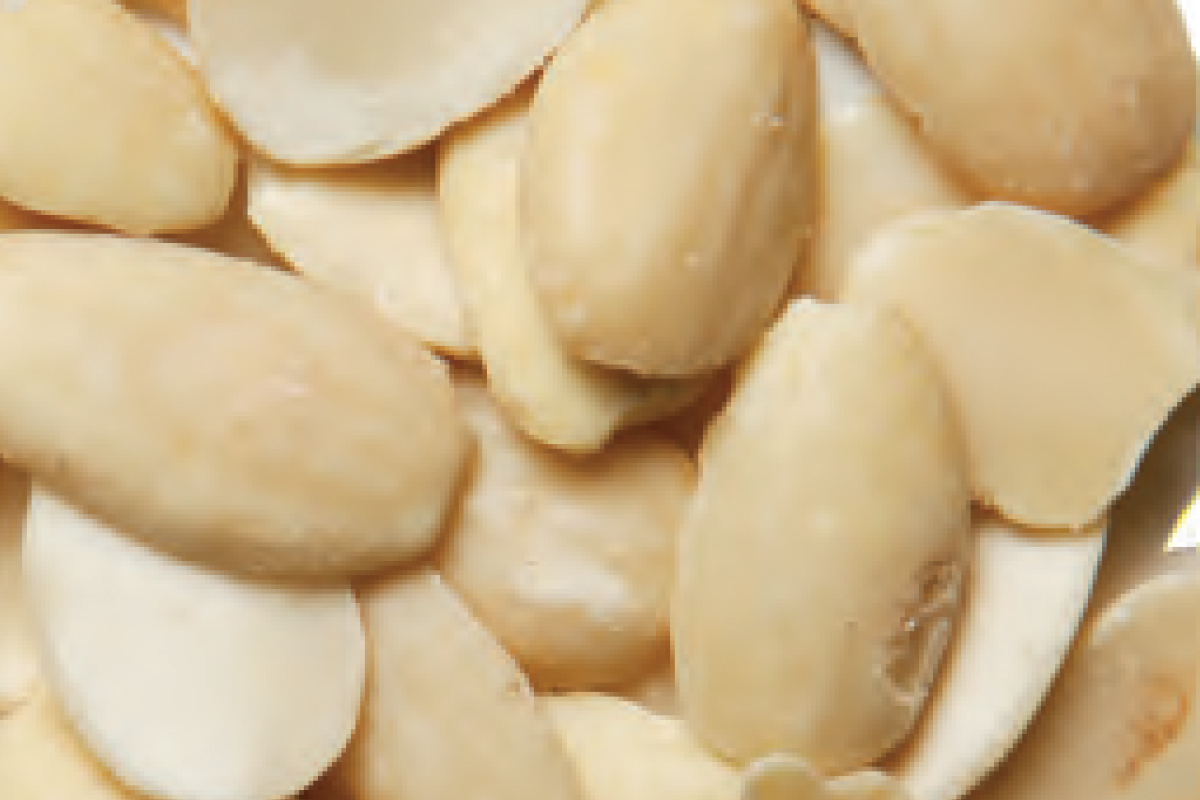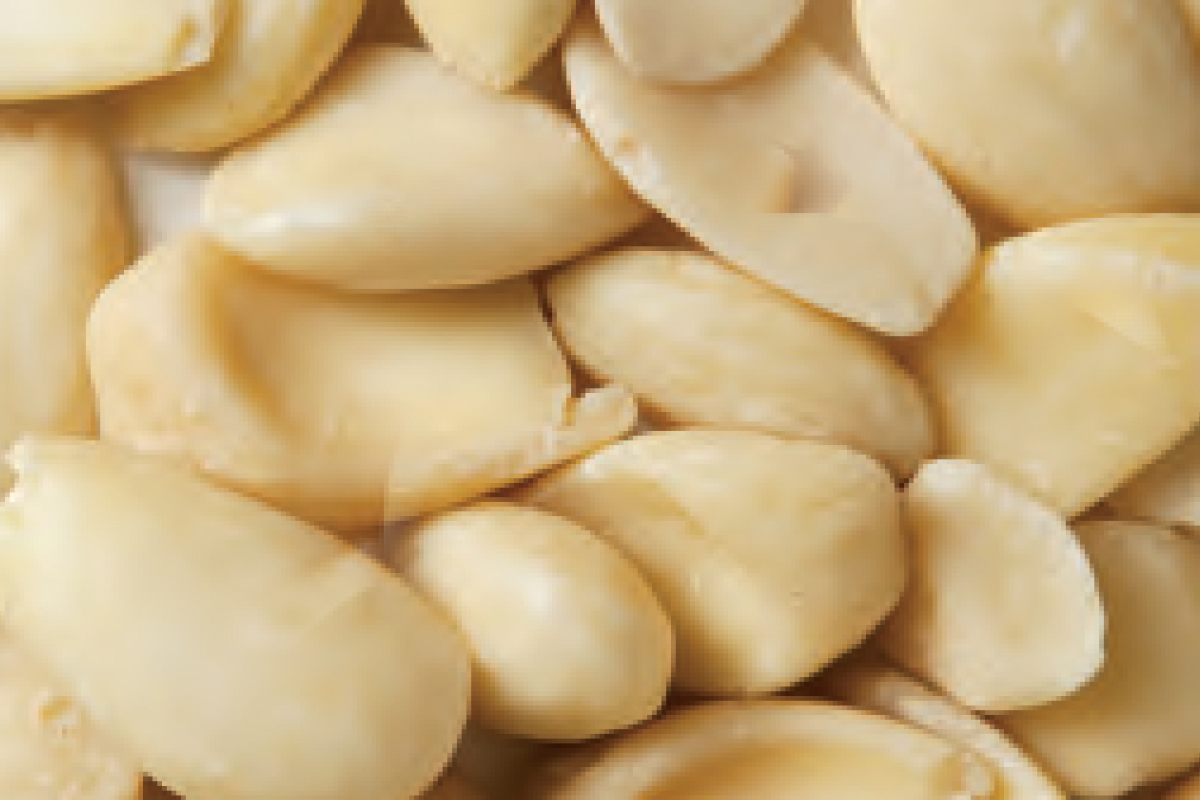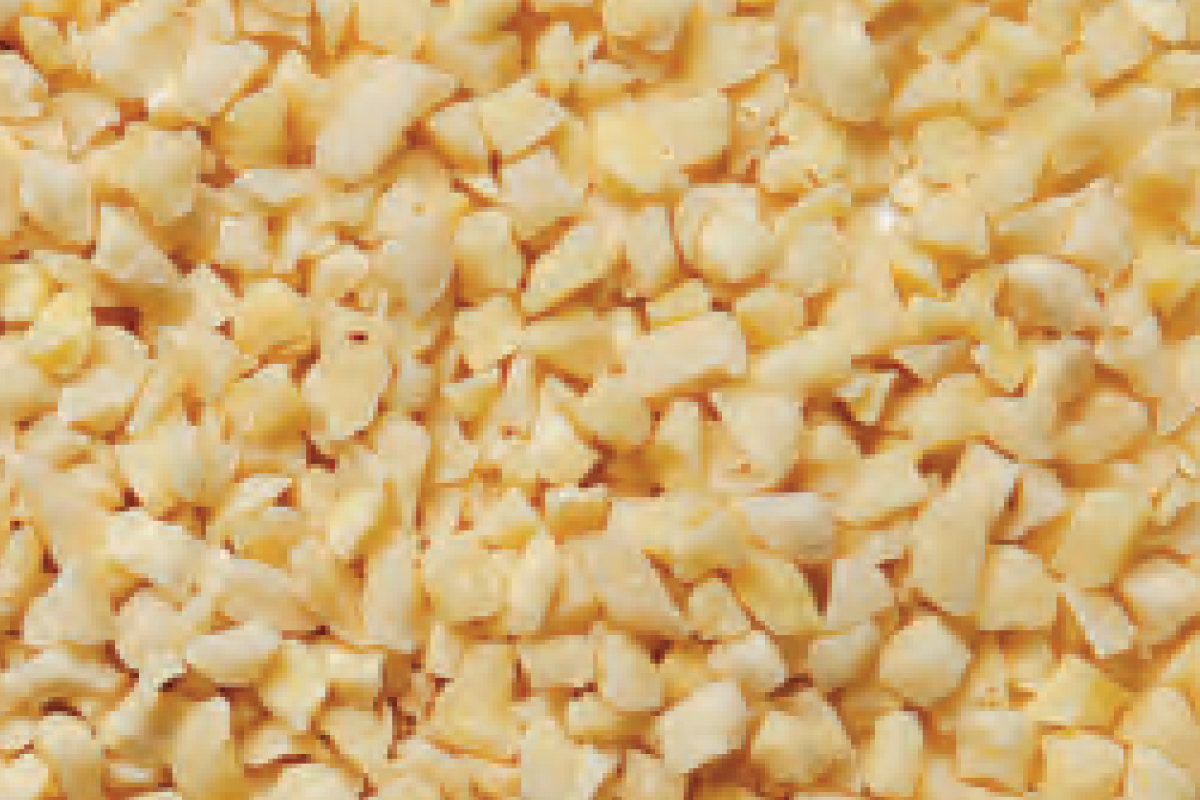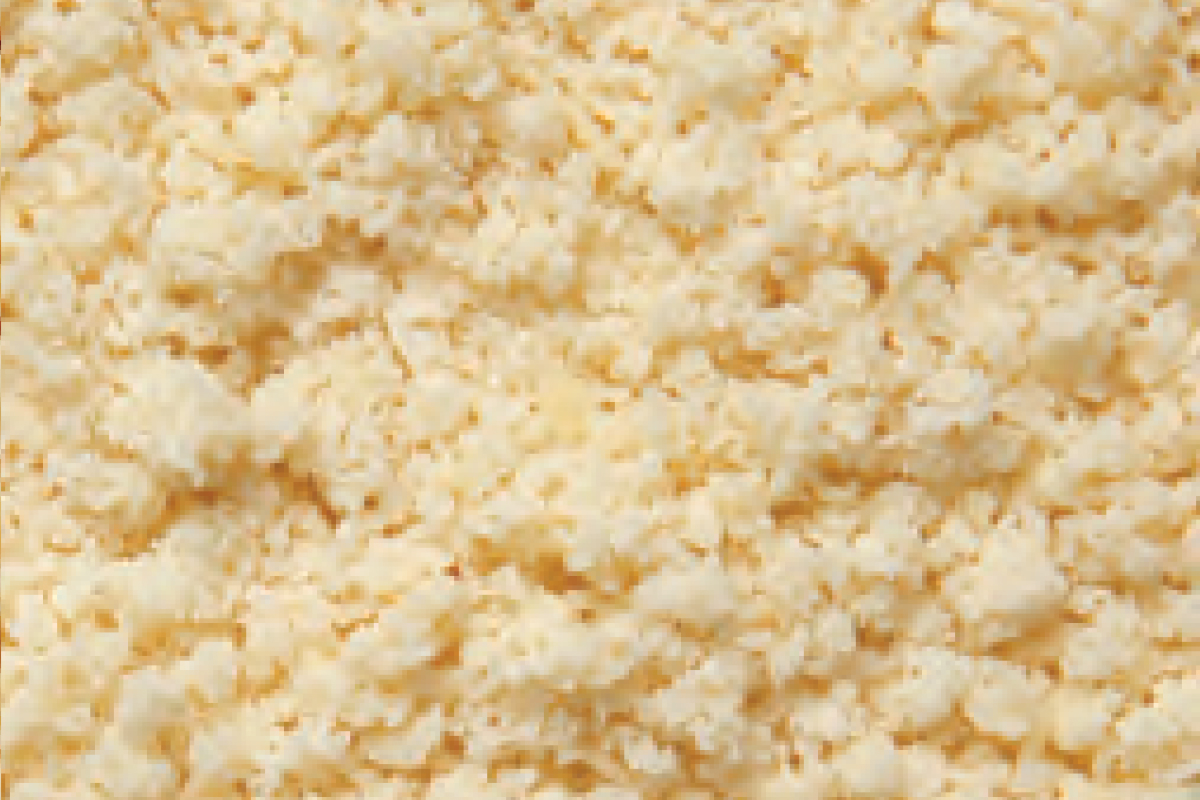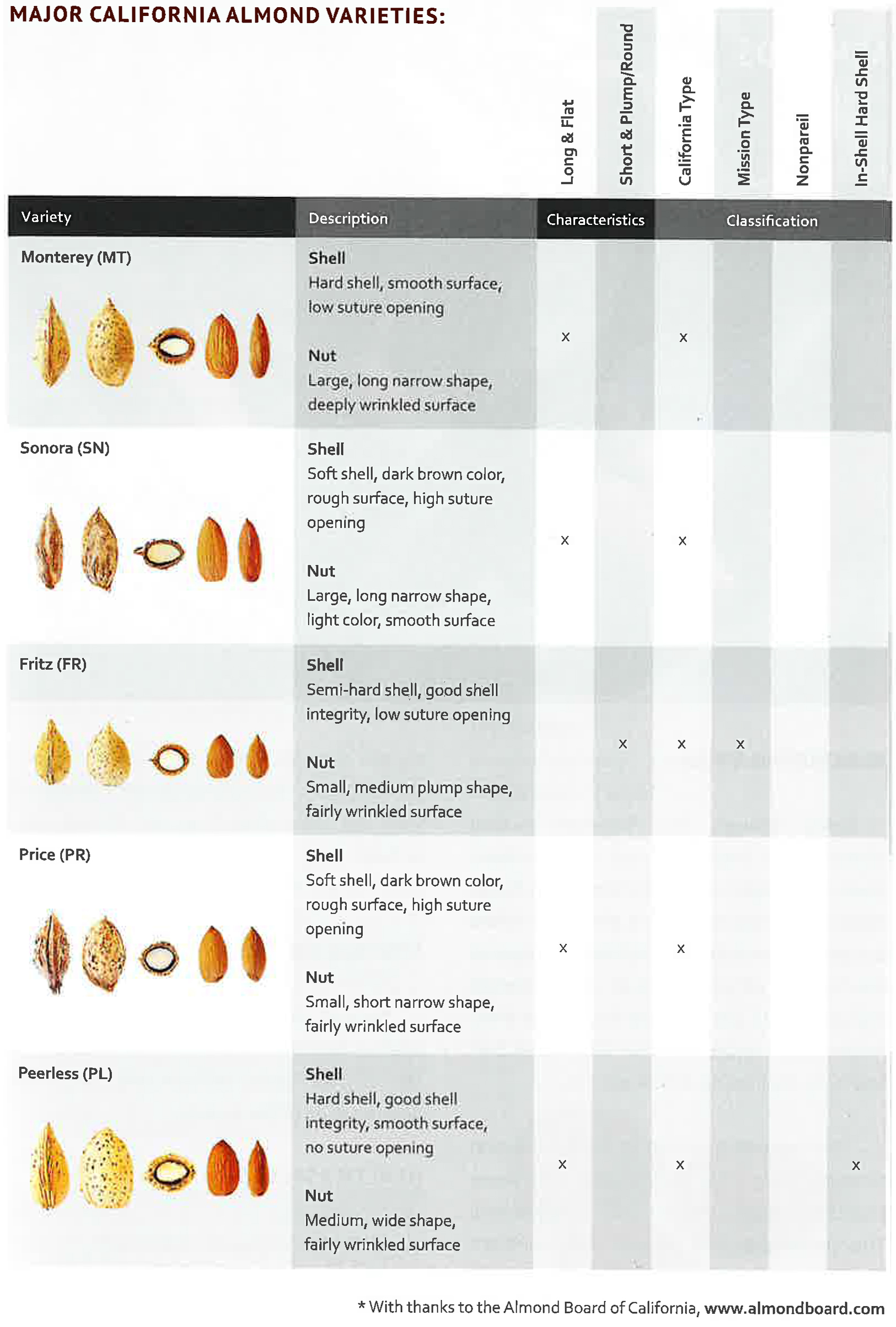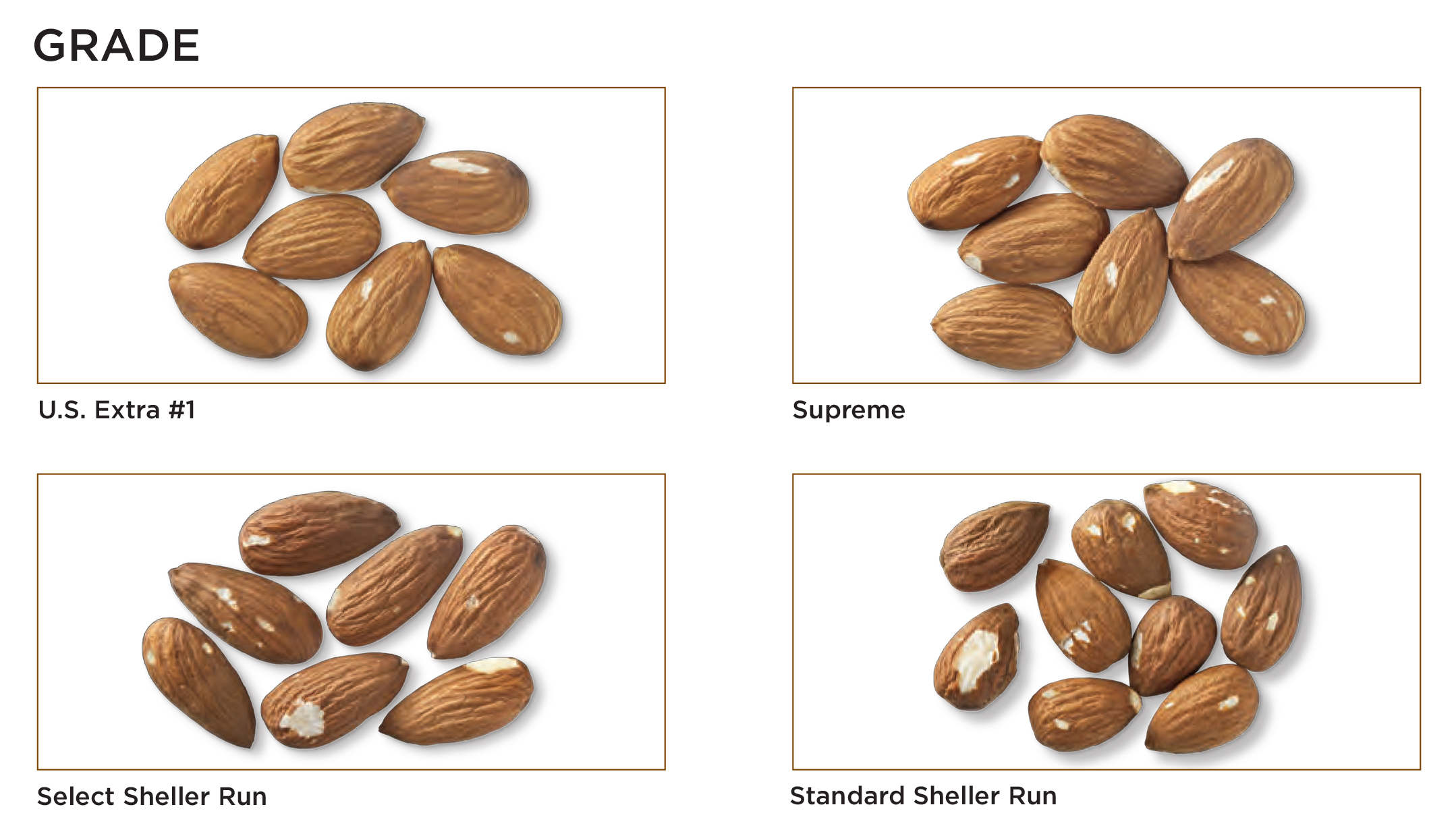Almonds
product
Almonds
Since ancient times, almonds have been prized throughout the world for their delicious taste, crunchy texture, and increasingly, for their nutritional value.
California is the world’s largest producer of almonds. With its ideal growing conditions, including a mild climate, rich soil, and abundant sunshine, this area produces about 80% of the global almond supply, exporting to nearly 90 countries. To ensure a consistent, high-quality, wholesome product year-round, state-of-the-art equipment and specialized techniques for growing, harvesting, processing, and packaging are used.
The California Almond industry respects the environment and keeps consumer health in mind, with food safety and quality assurance programs in the orchard and in processing and packaging.
California Almonds are highly versatile and available in numerous varieties and forms suitable for diverse product applications. Use this guide to help determine the most suitable variety, size, form, and grade of almond for your needs.
Spain also was once the main supplier of almonds, especially in Europe, nowadays the Spanish almonds still play a modest role in the European scene. Mid 1700, the Spanish Franciscans took the almond trees to America, planted them there to do their job.
1000+
Happy Customers
Natural Almonds
Almonds Varieties
Proper almond variety selection can mean the difference between the commercial success or failure of an orchard. Varieties vary significantly in rootstock compatibility, pollen compatibility, bloom timing, harvest timing, sensitivity to different pests or diseases, and market acceptance/value.
Major California Almond Varieties:
Nonpareil
Nonpareil, the most valuable and widely planted proven variety, is a hallmark of the California industry developed in 1879 by A.T. Hatch in Suisun. It is the standard mid-blooming earliest harvesting variety. Other varieties are generally selected for overlap with Nonpareil. Orchards are commonly planted with every other row a Nonpareil row alternating with earlier and later pollenizers to optimize the pollination potential for the Nonpareil. Popular early pollenizer choices for Nonpareil include Aldrich, Peerless and Winters. Sonora, an early pollenizer for Nonpareil, produces a valuable nut but in some years has had disappointing yield if it bloomed too early to effectively cross pollinate with Nonpareil.
Monterey
Monterey is an effective pollenizer for late Nonpareil bloom and is an excellent producer. It’s an old variety but until expansion of the in-shell market it was not planted much due to its high percentage of double kernels which reduced the quality and value of this nut depending on the processor. It’s susceptible to diseases much like Carmel and has experienced anthracnose outbreaks in wet years. Monterey is harvested late in the harvest season, sometimes as much as 5-6 weeks after Nonpareil, roughly with Mission. The late harvest date can be a significant problem in the Sacramento Valley when rains occur in September and early October and the large fleshy hulls of Monterey are difficult to dry.
Butte Padre
Butte has been used to pollinate the late Nonpareil bloom. It’s susceptible to brown rot but is a semi-hard shell variety that is resistant to navel orangeworm. It yields well, but usually commands a lower price than varieties in the Carmel or California marketing groups. Thus, use of this variety as a Nonpareil pollenizer is decreasing. Butte is mature and ready for harvest about the same time as Aldrich, just prior to Carmel but after Price.
Grade
In-Shell
Adapted from
- Sacramento Valley Orchard Source (https://www.sacvalleyorchards.com/almonds/cultivars-rootstocks/almond-varieties-cultivars/)
- “Almond varieties” by Joseph Connell, UCCE Farm Advisor, Butte County, in the April 2013 Sacramento Valley Almond News. and
- Paramount Farms (http://paramountfarms.com/)
- JAN W.KLIJN - Nuts and Dried Fruits

